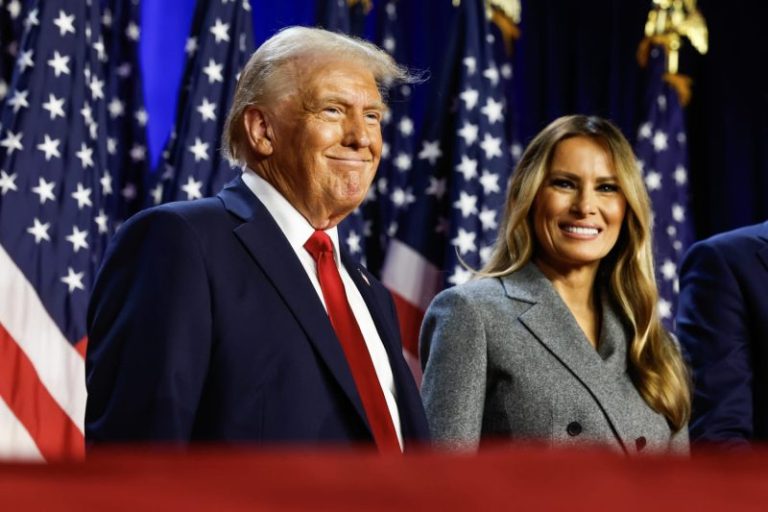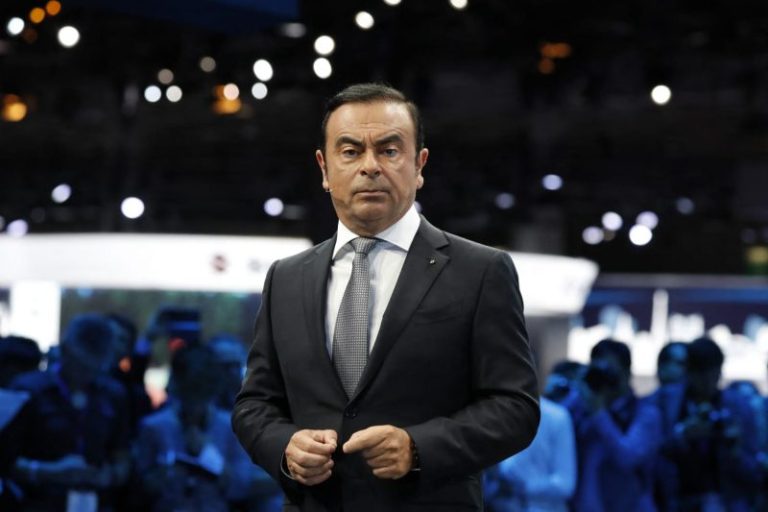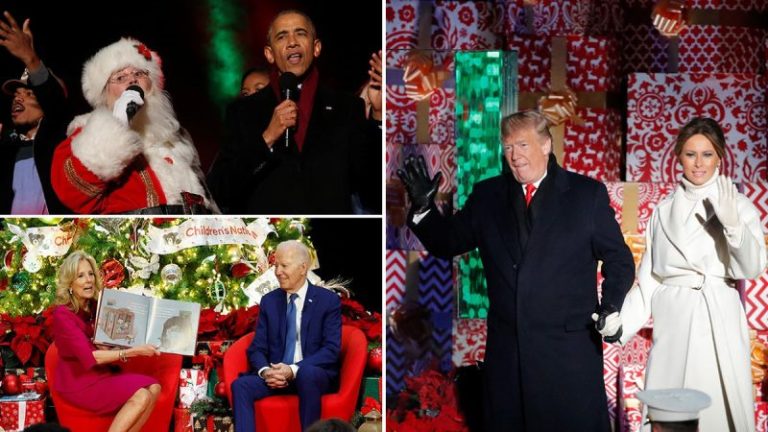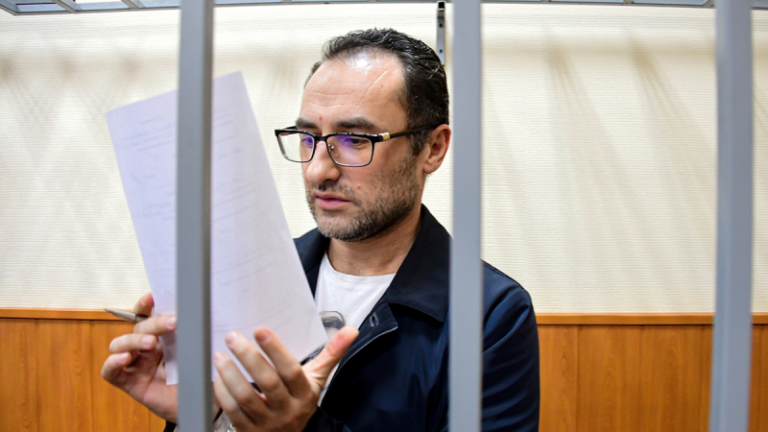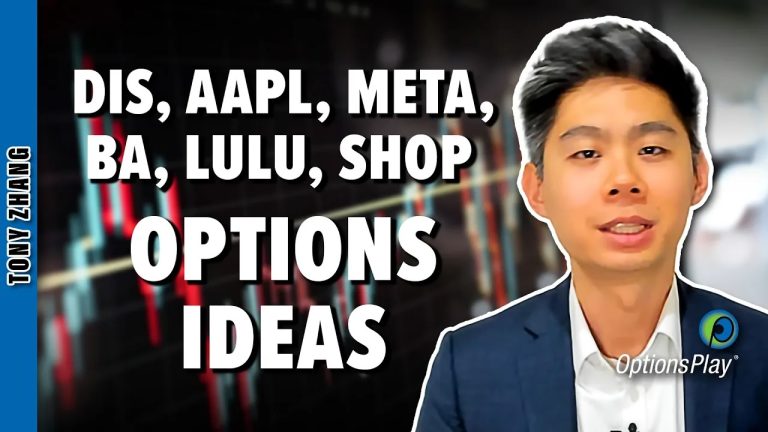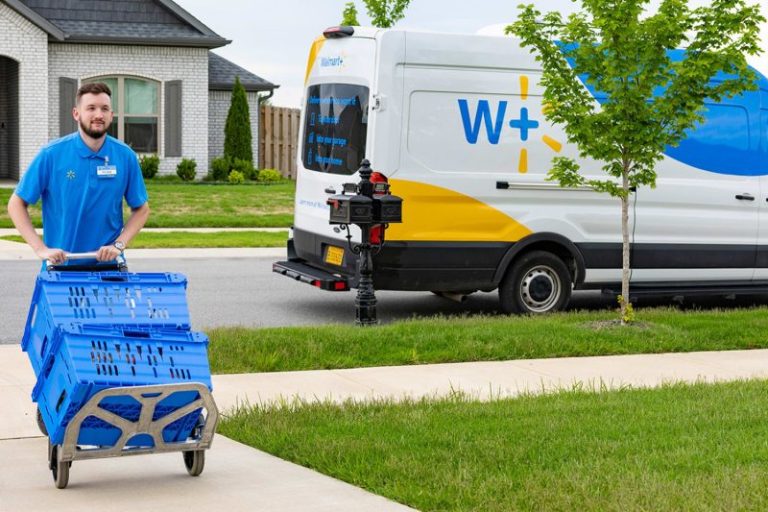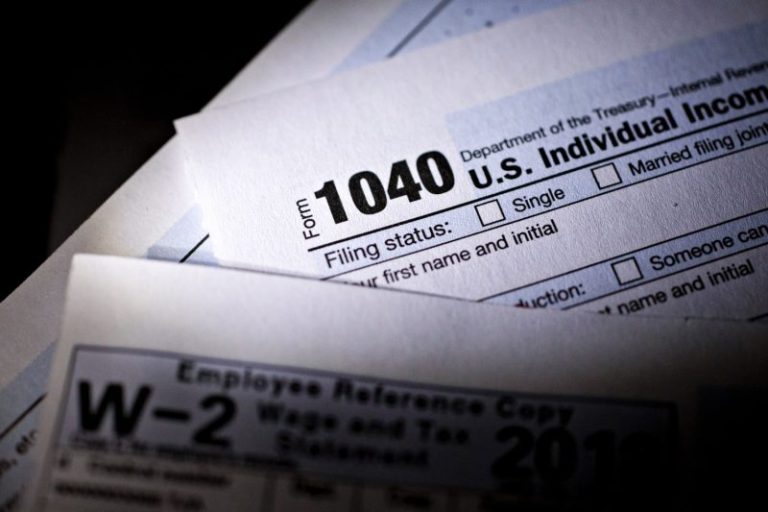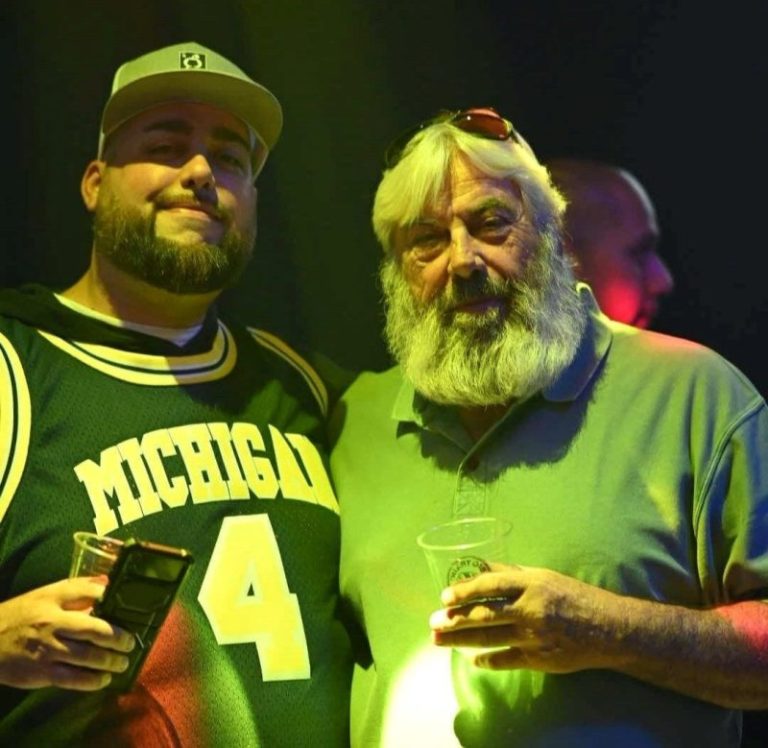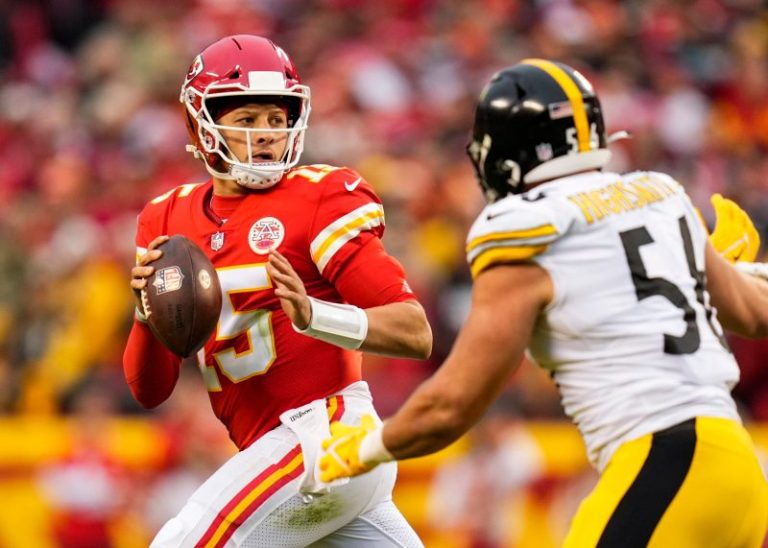Top CEOs and their companies are pledging to donate millions of dollars to President-elect Donald Trump’s inaugural committee, as they seek to get on his good side and make inroads before he takes office.
Some of the planned donations reportedly include $1 million each from Jeff Bezos’ Amazon, OpenAI CEO Sam Altman and Facebook parent company Meta, led by Mark Zuckerberg. Others include $2 million from Robinhood Markets and $1 million each from both Uber and its CEO, Dara Khosrowshahi.
Ford is reportedly coupling its own $1 million donation with a fleet of vehicles.
Hedge fund manager Ken Griffin also said he plans to give $1 million to the tax-exempt inaugural committee, Bloomberg reported. Other donations from finance leaders are reportedly in the works.
Empowered by a decisive electoral victory, Trump has vowed to revamp U.S. economic policy in a way that could have outsized benefits for a few favored industries, like fossil fuels.
At the same time, he has telegraphed the value, both personal and political, that he places on face-to-face meetings and public praise from chief executives of the world’s largest companies.
“EVERYBODY WANTS TO BE MY FRIEND!!!” Trump wrote Thursday in a post on Truth Social, the social media app run by his own tech company.
Many of those CEOs have already made, or are planning to make, trips to Mar-a-Lago, Trump’s Palm Beach, Florida, resort and de facto transition headquarters, as they seek to gain influence with and access to the incoming administration.
To that end, Trump’s inaugural committee presents a “unique opportunity,” said Brendan Glavin, director of research for the money-in-politics nonprofit OpenSecrets, in an interview.
Inaugural committees, which are appointed by presidents-elect, plan and fund most of the pomp and circumstance that traditionally surrounds the transition of power from one administration to the next.
While the money is ultimately benefiting a recent political candidate, it doesn’t carry the same connotation as a donation to, say, a super PAC, which can fund partisan political activities that risk stoking controversy.
And unlike a direct contribution to a candidate’s campaign, there are no limits on how much an individual — or a corporation or labor group — can give to an inaugural committee.
Moreover, since Trump already won the election, an inaugural contribution carries no risk for a high-profile executive of backing a losing candidate.
“It really is a great opportunity for them to curry favor with the incoming administration,” Glavin said.
While it’s nothing new for corporations and power brokers to shower big money on inaugural committees, experts told CNBC the Trump factor changes the calculus.
“It’s all heightened now,” Glavin said. “None of these people, they don’t want to be Trump’s punching bag for four years.”
Trump’s inaugural committee and his transition team did not respond to requests for comment.
Trump’s 2017 inaugural committee raked in about $107 million, by far the most of any in U.S. history. The previous record had been set in 2009 during the first inauguration of Barack Obama, whose committee raised $53 million.
Trump’s second inauguration is on pace to shatter that record, with pledged contributions already surpassing a $150 million fundraising goal, ABC News reported.
President Joe Biden’s inaugural committee, by comparison, raised nearly $62 million.
“One of the oldest adages in Washington is that if you’re not at the table, you’re on the menu, and the price of admission to have a seat at the table keeps going up,” said Michael Beckel, research director of Issue One, a political reform advocacy group.
The boost in funding for Trump’s second inaugural committee comes in part from tech giants, many of whom largely steered clear of supporting his first inauguration.
Other than GoDaddy.com founder Robert Parsons, who gave $1 million, few other leaders in Big Tech donated to Trump’s 2017 committee.
Trump once openly clashed with some of them, including Zuckerberg and Bezos, who also owns The Washington Post, a frequent target of the president-elect’s ire.
Not so this time around. As Trump vows to tear up reams of federal regulations, but also continues to accuse Big Tech of stifling competition, industry leaders could have more riding on their relationship with the White House than ever before.
“I’m actually very optimistic,” Bezos said of a second Trump presidency in a Dec. 4 interview at The New York Times’ DealBook conference. “I’m very hopeful. He seems to have a lot of energy around reducing regulation. And my point of view, if I can help him do that, I’m going to help him. Because we do have too much regulation in this country.”
The comments came in the wake of a scandal at The Washington Post in October, when the paper reported that Bezos decided not to publish its editorial board’s endorsement of Vice President Kamala Harris over Trump. Bezos in an op-ed defended the paper’s decision to no longer endorse presidential candidates, but the reversal spurred an exodus of subscribers and prompted numerous staffers to resign in protest.
Nowhere is Trump’s newfound friendliness with the tech world more pronounced than in his blossoming relationship with Tesla and SpaceX CEO Elon Musk, who spent more than $250 million helping elect Trump.
Musk, the world’s richest person, has frequently appeared by Trump’s side before and after his election victory, and has reportedly been involved in all aspects of Trump’s transition planning. He and entrepreneur Vivek Ramaswamy have been tapped to lead an advisory group tasked with cutting government costs.
This could put OpenAI’s Altman, who is currently embroiled in a breach-of-contract lawsuit brought by Musk, in an awkward position.
Along with his million-dollar inaugural donation, Altman heaped praise on Trump earlier this month. “President Trump will lead our country into the age of AI, and I am eager to support his efforts to ensure America stays ahead,” he said.
Craig Holman, government affairs lobbyist for the progressive nonprofit Public Citizen, told CNBC that these figures “very much fear that Donald Trump may take retribution against them.”
“So they’re throwing money” at his feet “in order to curry favor,” Holman said.’
Four days after the presidential election, Trump announced the formation of the “Trump Vance Inaugural Committee, Inc.,” a 501(c)(4) nonprofit. It is co-chaired by real estate investor Steve Witkoff and former Republican Sen. Kelly Loeffler of Georgia, who is also Trump’s pick to lead the Small Business Administration.
Reince Priebus, who was one of Trump’s White House chiefs of staff during his first term, said in an X post that he has been tapped to serve as the committee’s finance chair.
Priebus also shared a screenshot of an invitation that listed the names of other finance chairs. They include Miriam Adelson, the GOP megadonor who spent $100 million this year on a pro-Trump super PAC, and billionaire Trump donor Diane Hendricks.
Inaugural committees are required to publicly disclose the names of donors who give $200 or more, but those filings aren’t due until 90 days after the inaugural ceremony.
If the committee has a surplus after all the festivities, finding out just how much is left can be a challenge.
Trump’s 2017 inauguration was a smaller affair than Obama’s in 2009, although Trump raised more than twice as much money for his as Obama had. As a result, Trump’s committee was widely expected to have tens of millions of dollars left over after it paid for balls and hotels.
But years after the fact, it was unclear what happened to much of that money.
Federal filings show that roughly a quarter of all the funds raised, $26 million, were paid to a newly created firm that was run by an advisor to first lady Melania Trump.
“We take a look through the history of the financing of inaugurations, and clearly it comes from very large donors, wealthy special interests and corporations, almost all of whom have business pending before the federal government,” said Holman, of Public Citizen.
He added, “This is a real cesspool of buying favors.”

